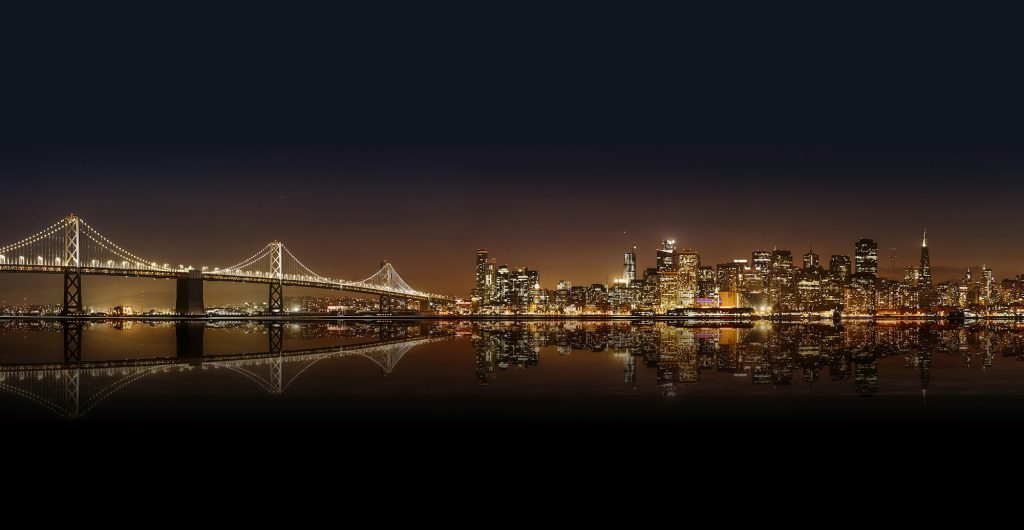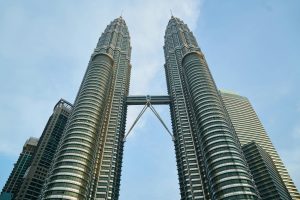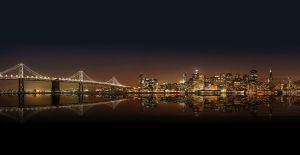
Skyscrapers have long been symbols of human ambition, creativity, and economic power. These towering structures define the skylines of major cities, but they also play a crucial role in shaping urban living and community dynamics. Innovative design in skyscrapers is not just about aesthetics; it involves functionality, sustainability, and the ability to foster interaction among residents, businesses, and visitors. By examining various aspects of skyscraper design, we can understand how these architectural feats contribute to the urban experience. At the heart of innovative skyscraper design is the integration of mixed-use spaces. Modern skyscrapers often combine residential, commercial, and recreational facilities within a single structure. This approach not only maximizes land use but also creates vibrant communities where people can live, work, and socialize. For instance, the Hudson Yards development in New York City exemplifies this trend, featuring a blend of luxury residences, offices, shops, and public spaces. Such integrated designs encourage social interaction and create a sense of belonging among residents, fostering a thriving urban community. The economic impact of mixed-use skyscrapers is substantial, as they generate diverse revenue streams and contribute to local tax bases. Furthermore, incorporating public spaces and amenities into skyscrapers enhances accessibility and encourages community engagement. Public parks, rooftop gardens, and open plazas serve as communal gathering spots, promoting social interaction and enhancing the quality of life for residents and visitors alike. These spaces also attract foot traffic, benefiting nearby businesses and creating a dynamic urban environment. Sustainable design practices are increasingly important in skyscraper construction. As cities face challenges related to climate change and resource depletion, green skyscrapers have emerged as a viable solution. These buildings prioritize energy efficiency, sustainable materials, and innovative technologies aimed at reducing their ecological footprint. The One Central Park in Sydney, for example, incorporates vertical gardens and solar panels, providing a model for environmentally friendly urban living. Financially, sustainable skyscrapers can lead to significant operational savings through reduced energy consumption and maintenance costs. Additionally, they attract environmentally conscious tenants and investors, making them highly desirable in today’s real estate market. Another significant trend in skyscraper design is the incorporation of smart technologies. These advancements enable building management systems to optimize energy use, enhance security, and improve the overall tenant experience. Smart skyscrapers can monitor occupancy levels and adjust heating, cooling, and lighting accordingly, leading to greater efficiency and lower utility bills. The financial implications of smart technologies are substantial; they not only reduce operational costs but also increase property values, making them attractive investments for developers and landlords. As urban populations continue to grow, skyscrapers are also being designed with a focus on vertical transportation. High-speed elevators and efficient access points are crucial for ensuring smooth movement within these tall structures. Innovations in elevator technology, such as the development of magnetic levitation systems, enable faster and more efficient travel between floors, enhancing the overall user experience. This focus on transportation efficiency is essential, as it contributes to the building’s functionality and appeal. Iconic skyscrapers often serve as landmarks, enhancing a city’s identity and attracting tourism. The unique architectural features of buildings like the Shard in London or the Taipei 101 in Taiwan not only captivate visitors but also promote local businesses by increasing foot traffic in the area. The financial benefits of such iconic structures are significant, as they can lead to increased tourism revenue and higher property values in surrounding neighborhoods. Additionally, the cultural significance of these buildings fosters community pride and engagement, as residents often take ownership of the landmarks in their cities. Historic skyscrapers also hold a unique place in urban landscapes, showcasing the architectural styles and cultural heritage of their time. These buildings often face challenges in modernizing while preserving their historical significance. However, innovative restoration techniques can breathe new life into these structures, allowing them to adapt to contemporary needs without losing their charm. For example, the Old Post Office in Washington, D.C., has been transformed into a vibrant mixed-use space while maintaining its historical architecture. This blending of the old and new not only preserves cultural heritage but also stimulates local economies by attracting tourists and businesses. The role of community engagement in skyscraper design cannot be understated. Developers increasingly recognize the importance of involving local communities in the planning process. By gathering input from residents and stakeholders, developers can create buildings that reflect the needs and desires of the community. This collaborative approach not only fosters goodwill but also enhances the overall success of the project. The positive financial implications of community engagement are evident, as buildings that resonate with local values and preferences tend to attract more tenants and generate higher returns. In conclusion, innovative design in skyscrapers is shaping the future of urban living by prioritizing mixed-use spaces, sustainability, smart technologies, and community engagement. As these architectural feats continue to evolve, they will play an increasingly important role in fostering vibrant, dynamic urban environments that promote economic growth and social interaction. The financial implications of well-designed skyscrapers are profound, as they generate diverse revenue streams, attract investment, and contribute to the overall livability of cities. Embracing innovation in skyscraper design will ensure that these structures remain not just symbols of ambition, but also catalysts for positive change in urban landscapes.



